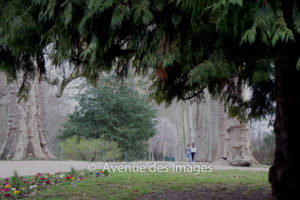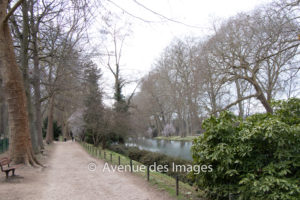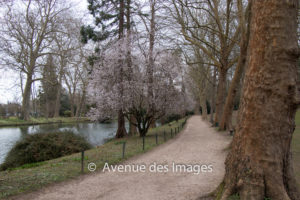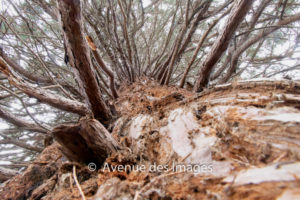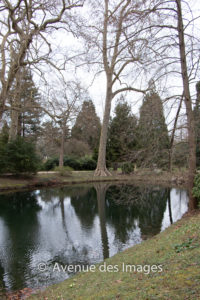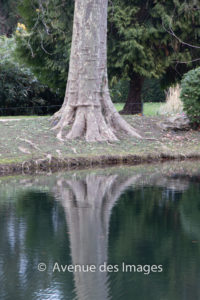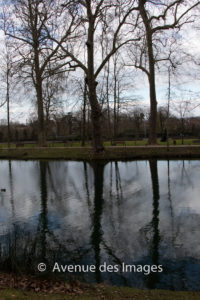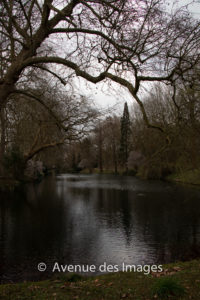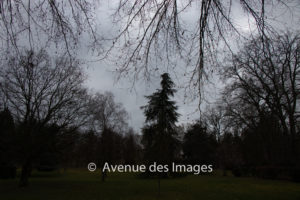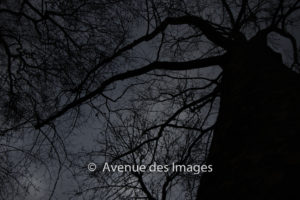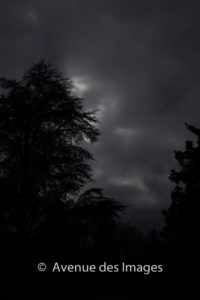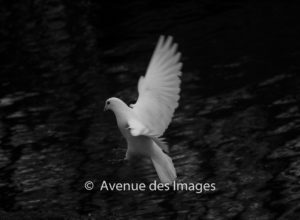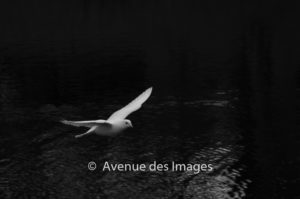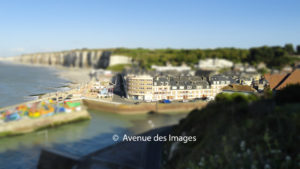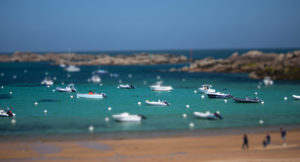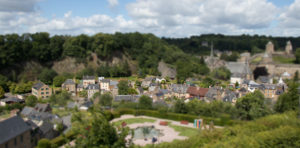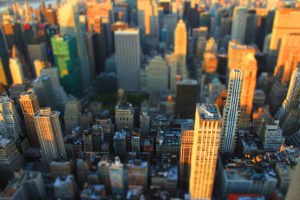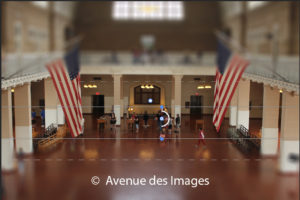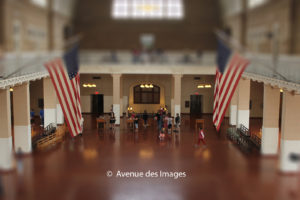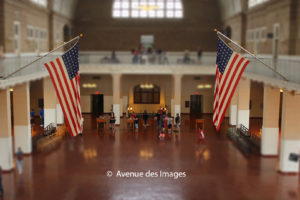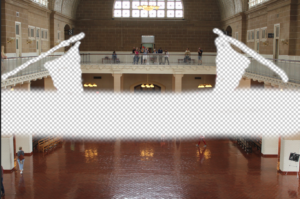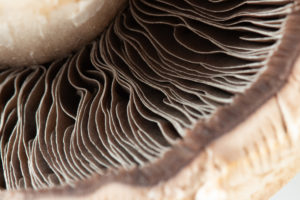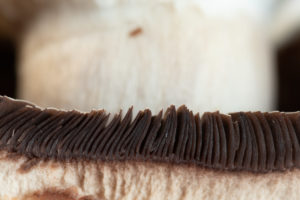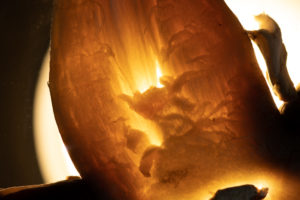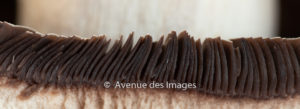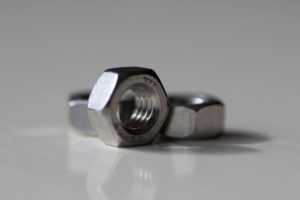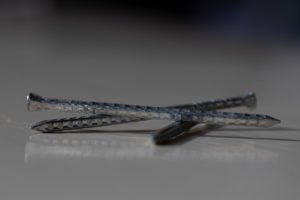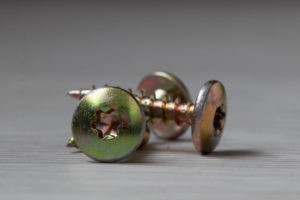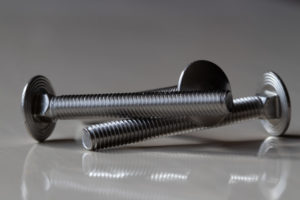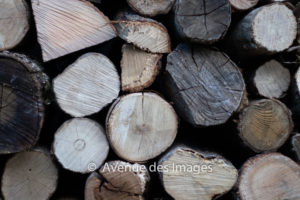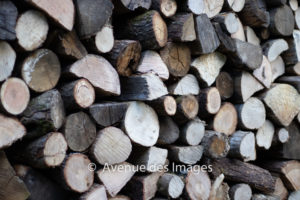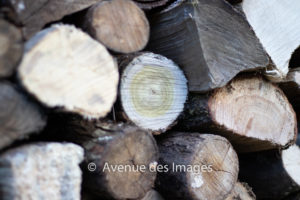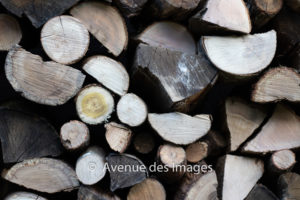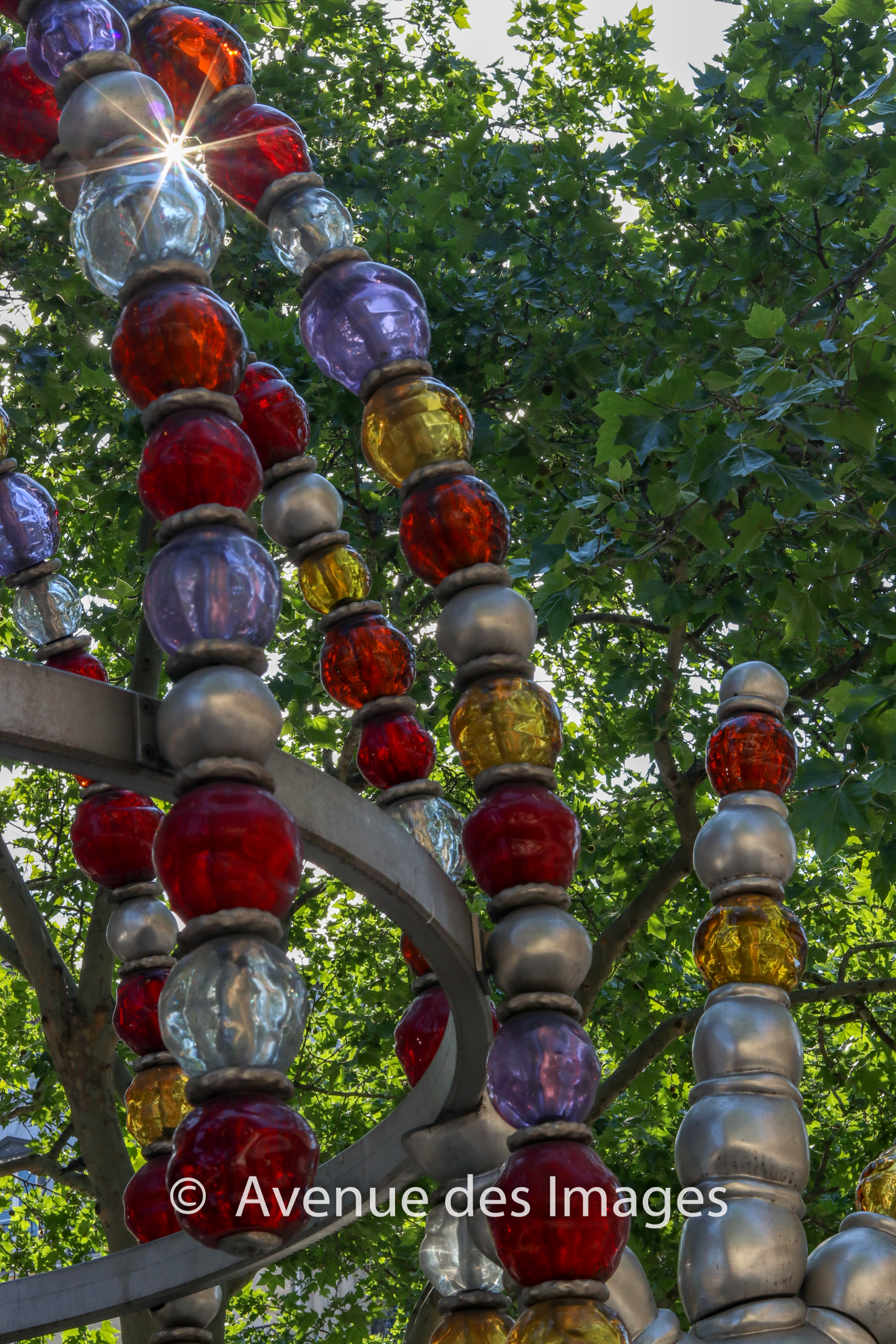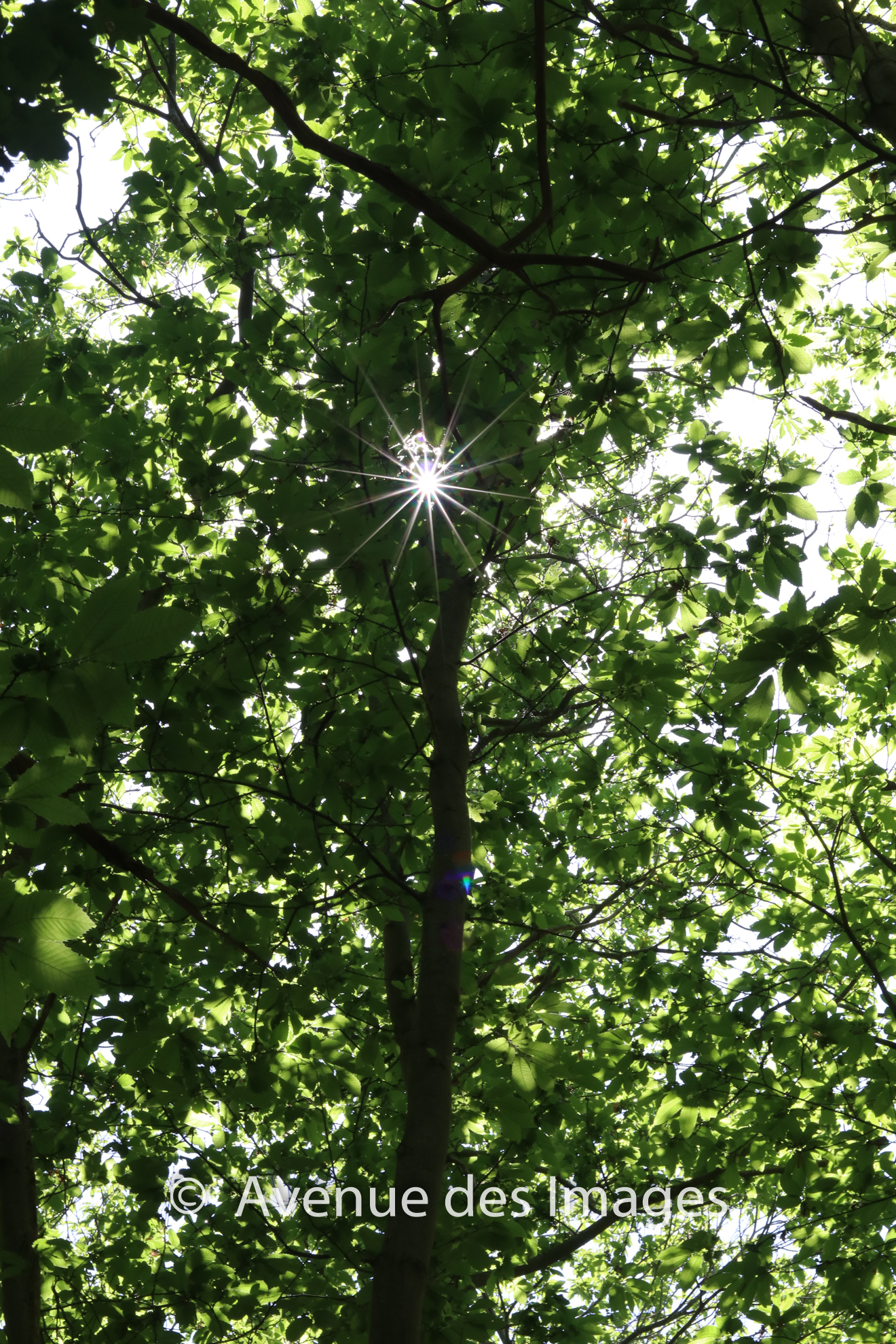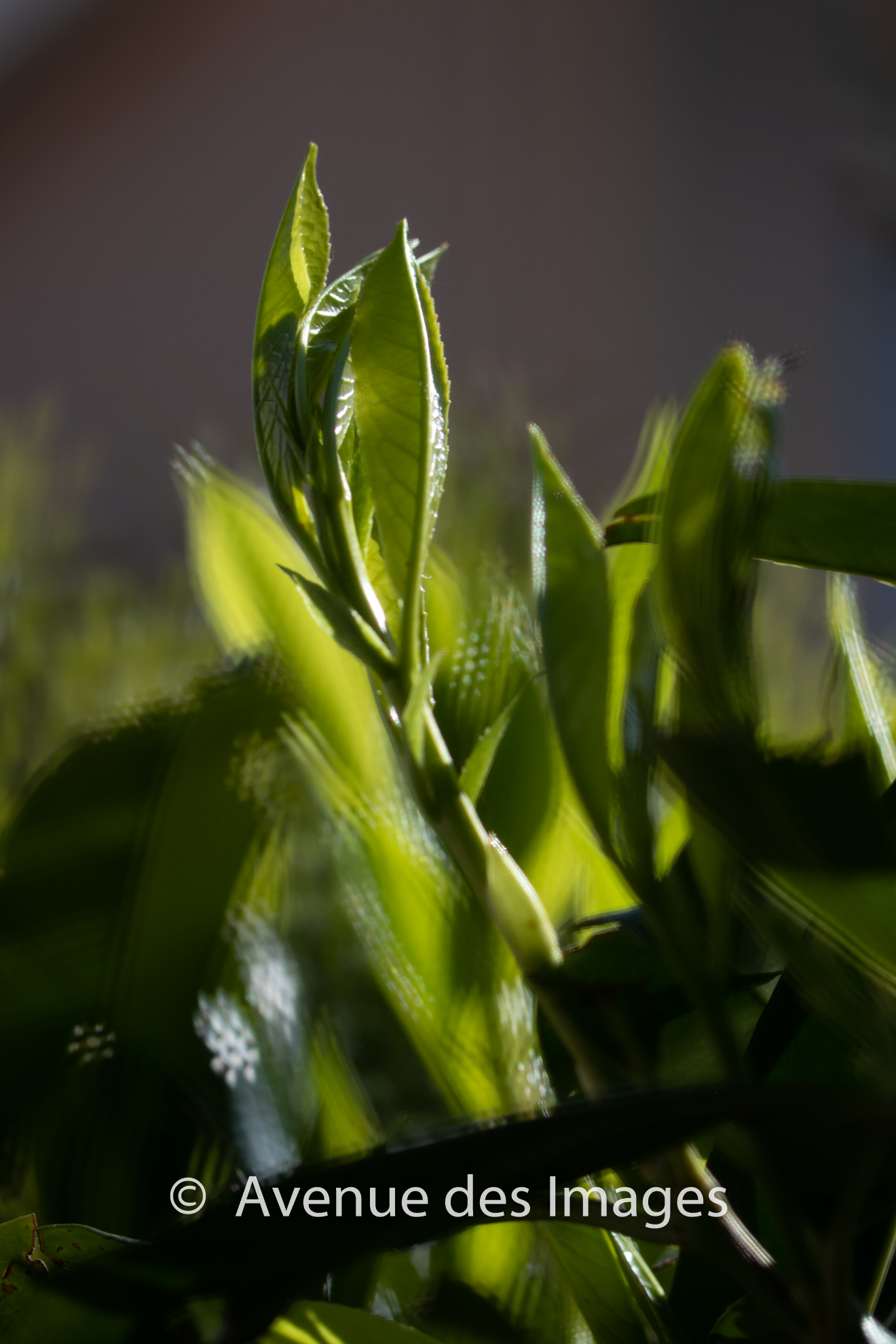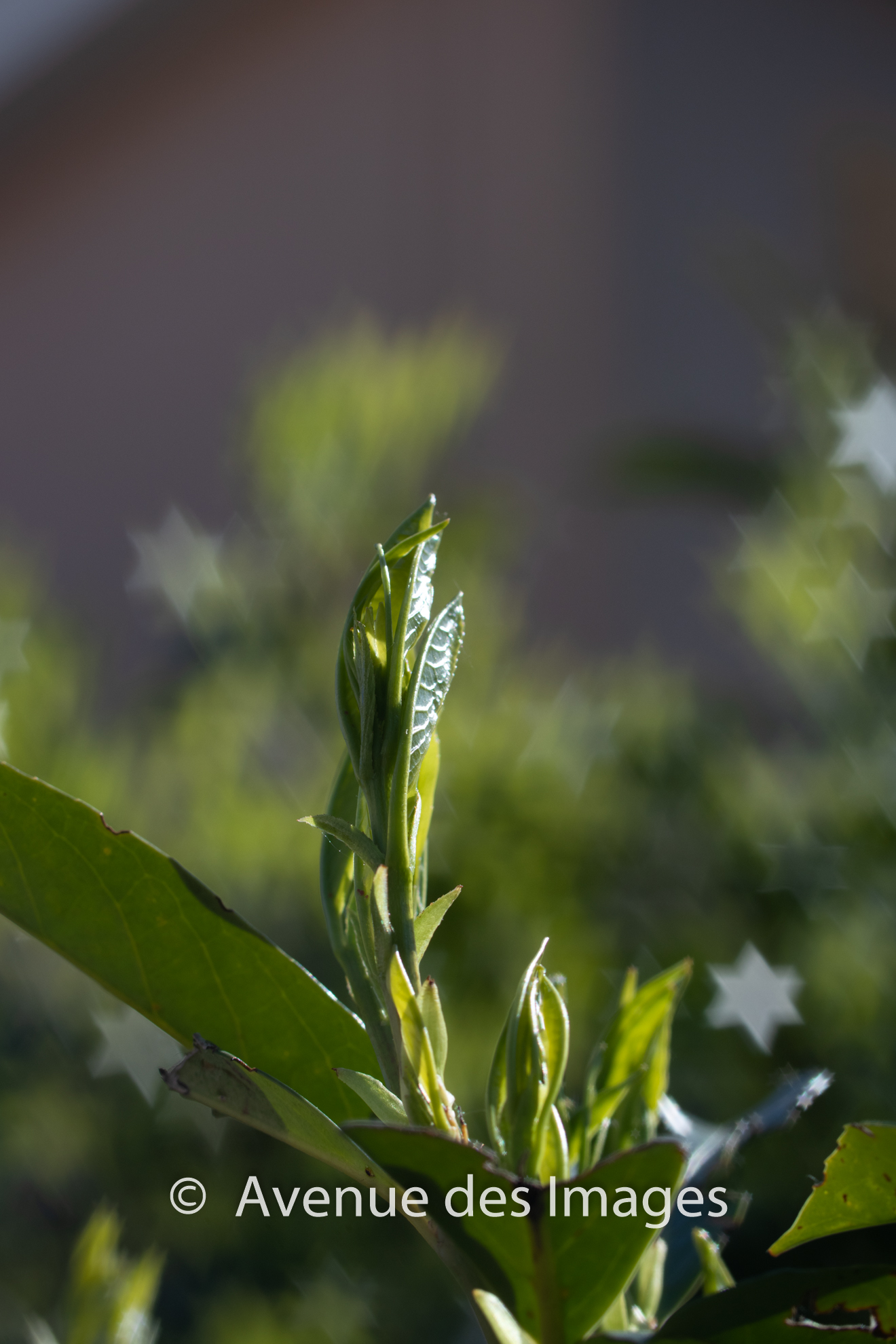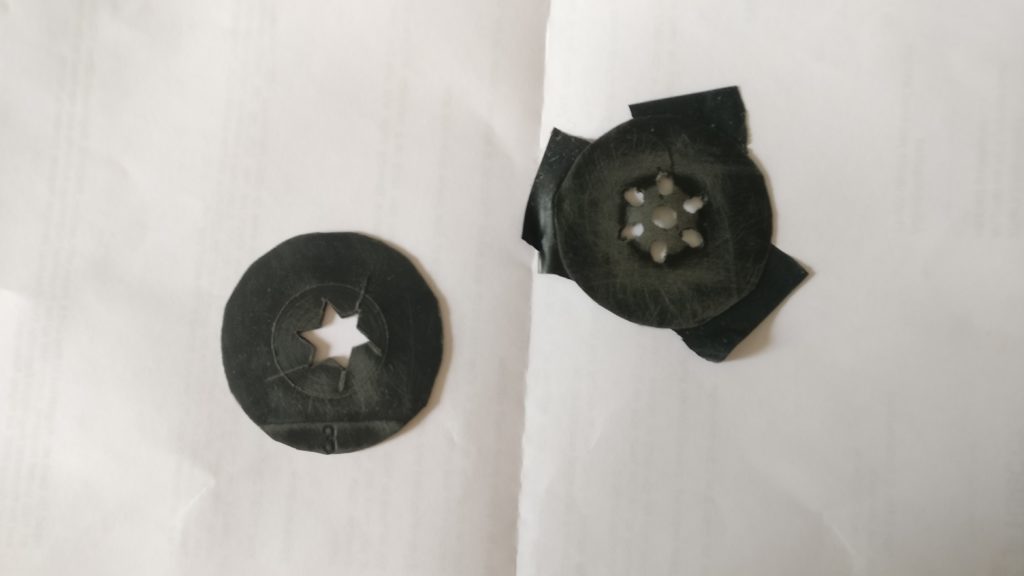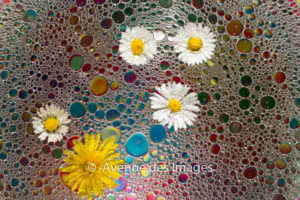A Spring afternoon in a park gave me the opportunity to grab my versatile 18-135 mm f/3,5-5,6 zoom lens and Canon DSLR and put it to the test. Just how flexible and versatile is a zoom lens? The weather was overcast and just a little too cold to be comfortable. There were some signs of Spring, but not many. I decided to focus on the trees. As there are no leaves the branches, the trunk and the reflections on the pond had to be the source of inspiration. Light, or lack of it, would be the challenge.
To get an idea of the park these fist few photographs are taken with a wide focal length, around 30mm, to capture the landscape.
There is no bright sunlight to provide vivid colours.
But with a longer exposure and a solid base a longer exposure time can provide a compromise. Take advantage of anything nearby. For example a post, bench, fence or in my case a tree.
Using the tree, as a support, and looking up towards the sky can give an unusual aspect and 0.8sec at ISO400 lets in more light.
Zooming in low light
Testing the zoom in low light conditions isn’t easy. As you zoom to the distant subject the light reduces so you must increase the exposure time. These 2 shots show a tree trunk that vaguely resembles a dinosaur foot. The first taken with 24mm at 1/125sec, the second 135mm at 1/25 sec. At 1/25sec the risk of camera movement spoiling the photo is significant. They do show the versatility of a zoom lens and with a tripod the slight shake would disappear.
Beaten by the dull light I decided to go with the flow. What can be move atmospheric and haunting that trees at dusk.? Let’s start embracing low light. Even making it more pronounced. Here are a series of darker and darker shots.
Unexpected bonus
The last unexpected shots came whilst taking the scenes above when a dove flew past a couple of times. Leading me into trying to capture movement in low light with a zoom lens. I quickly set the speed to 1/800s, even faster if you can, but I didn’t have time to be fussy. However I did ensure I was using servo auto focus. These were then taken at 56mm and 135mm. Not too bad considering. Demonstrating the versatility of my zoom lens. I did a quick edit to make them black and white as there was so little colour anyway.
You can find out more about the parc Meissonier, in Poissy, France at the departmental website, in French, or the town’s website also in French.
I did another post on zooming later in the year which you can find here.
Some of my photos are available for purchase on my Adobe Stock store directly below. There are other landscape photos here.
